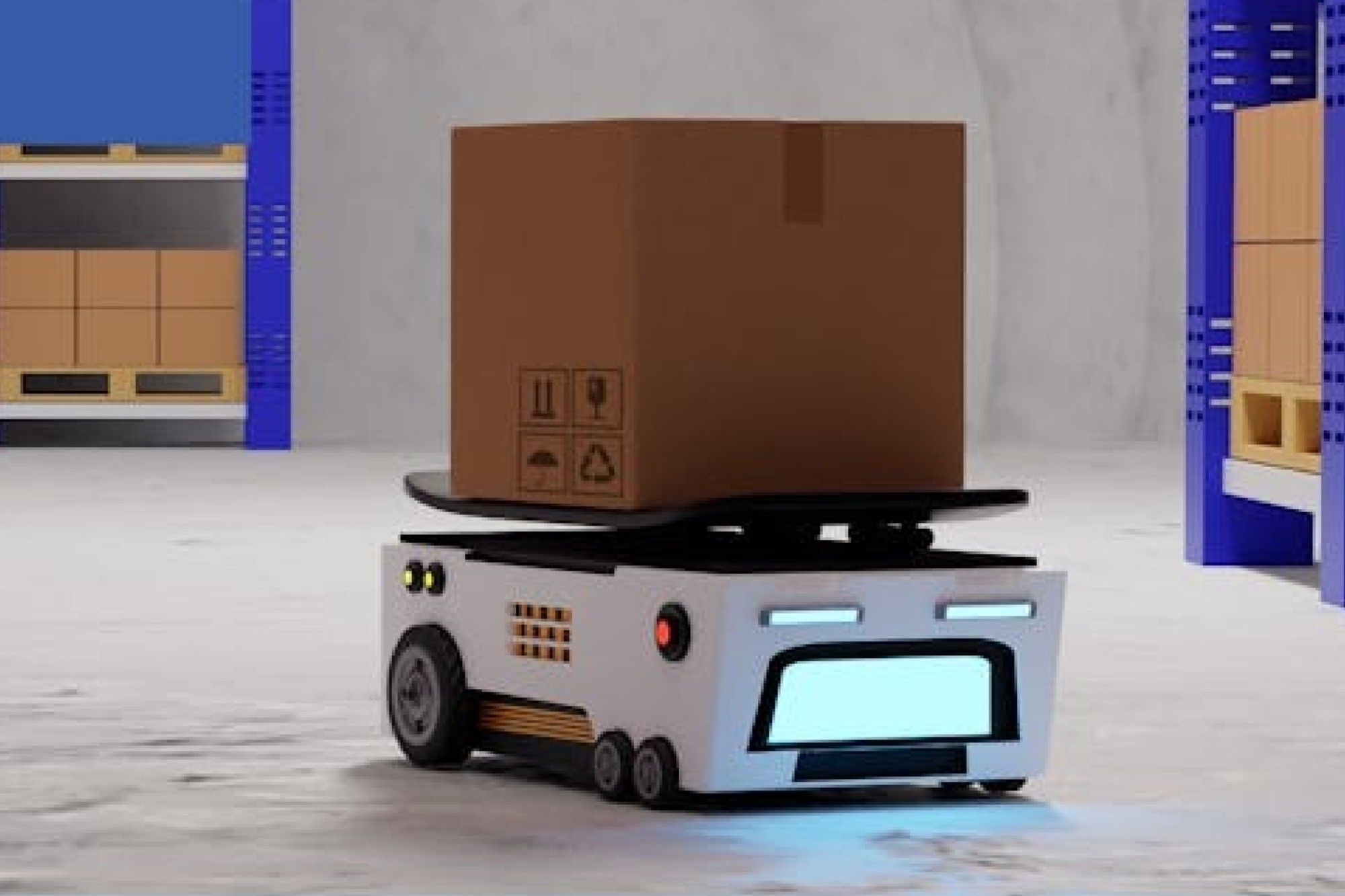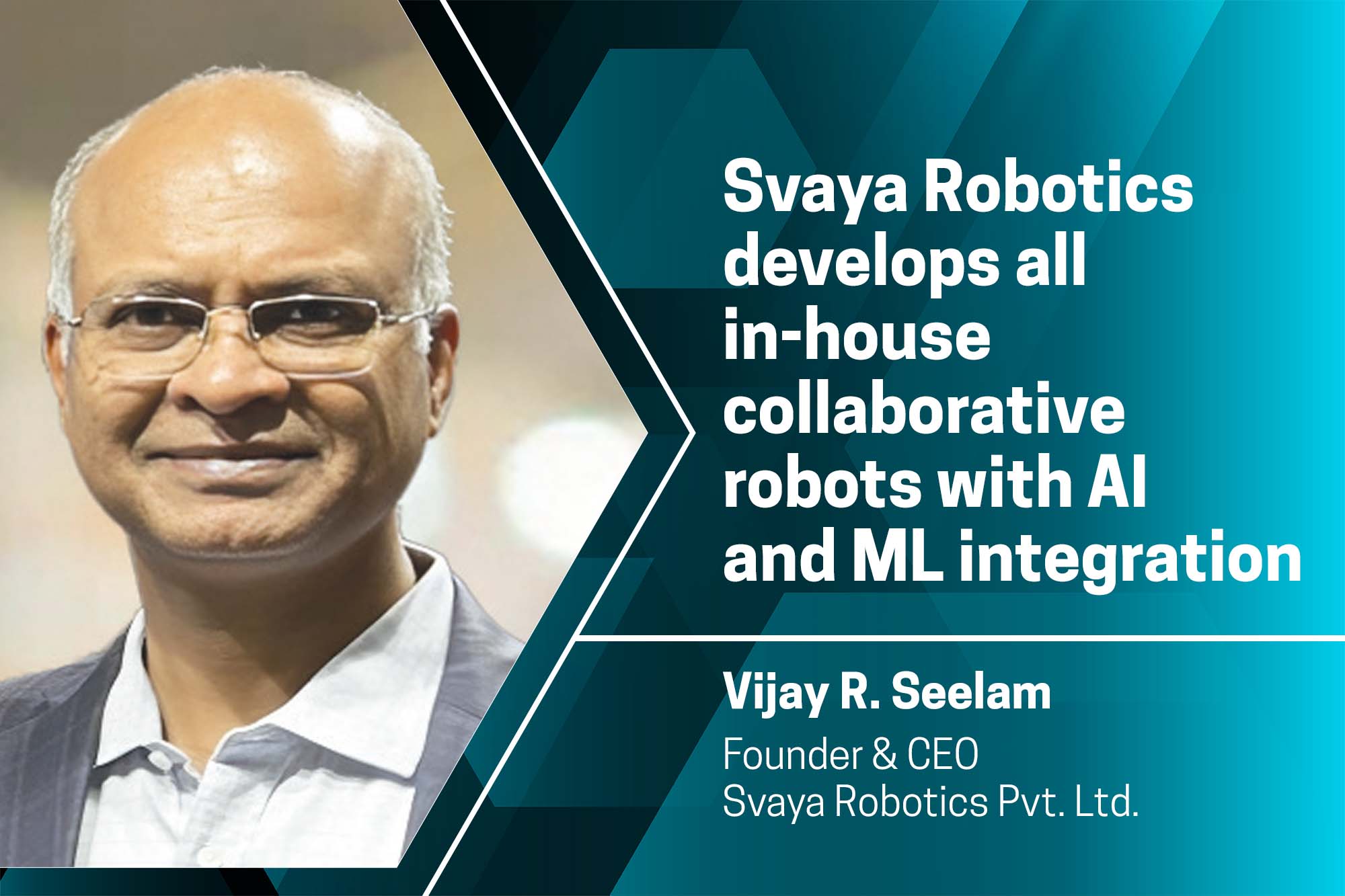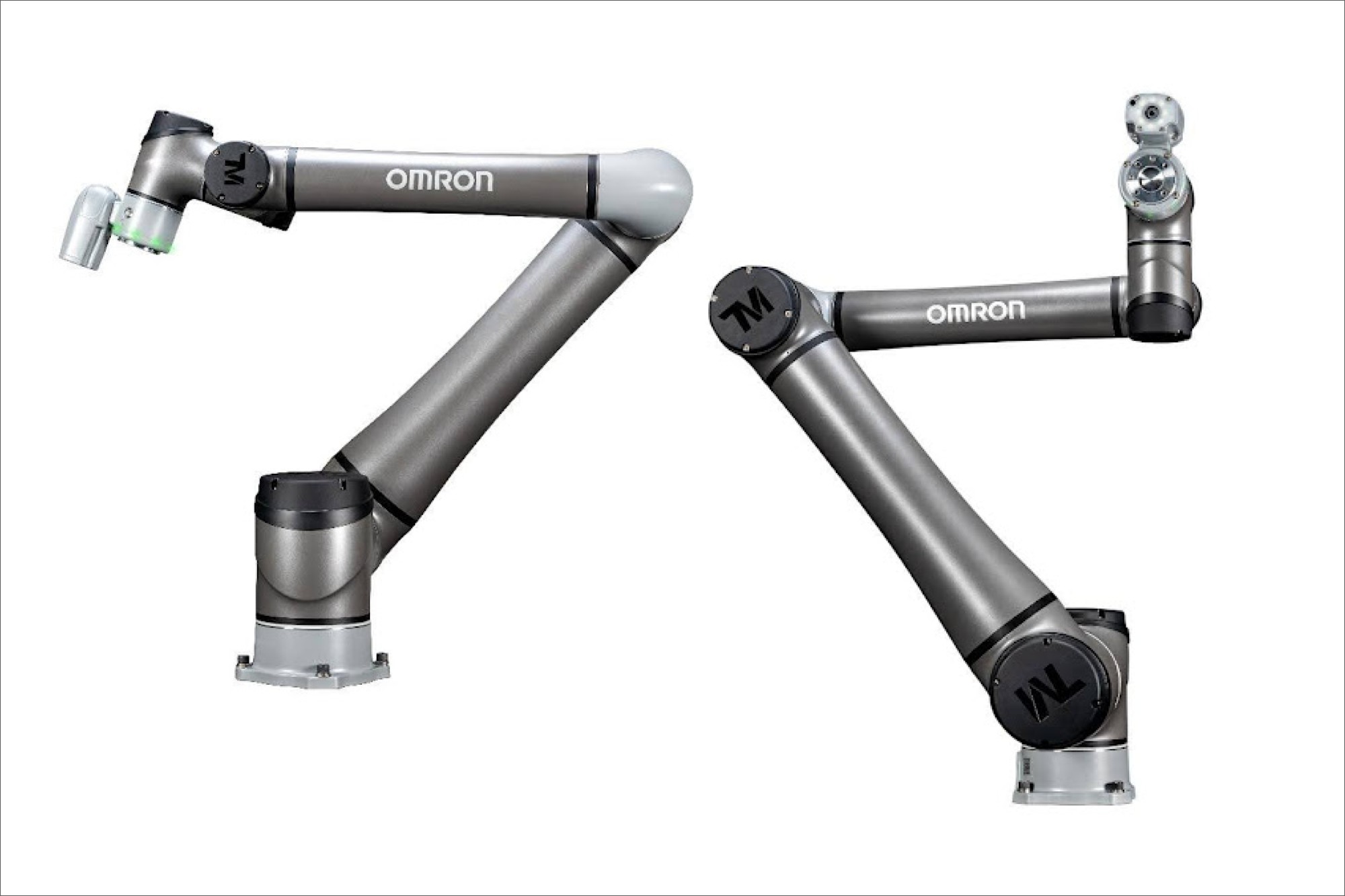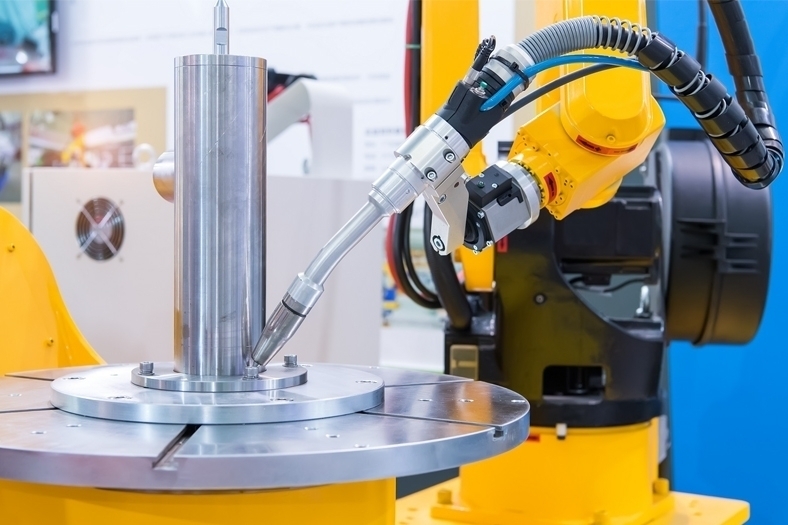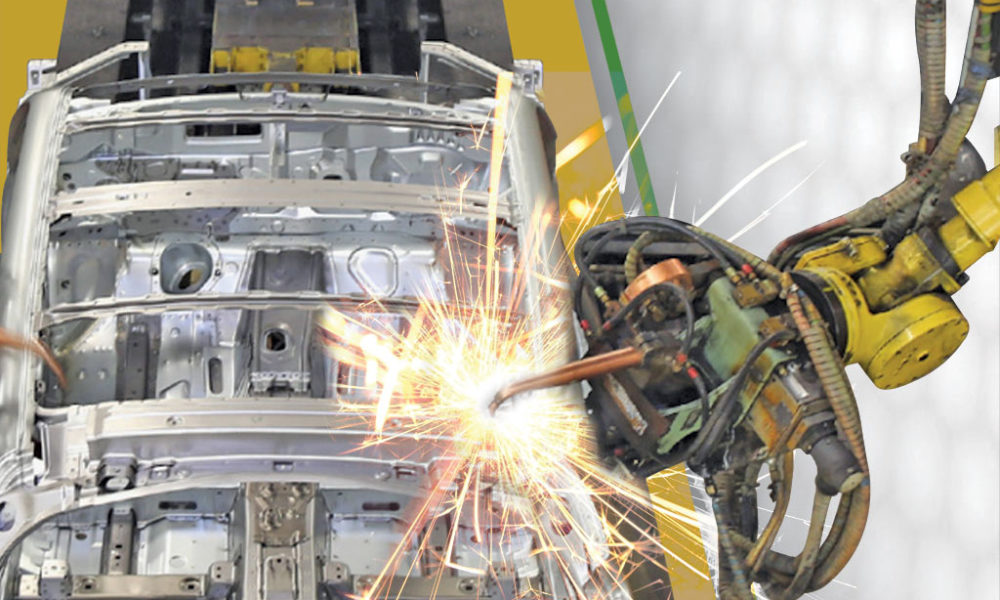Mobile robotics catalyse dynamic efficiency in evolving logistics
By Staff Report November 12, 2024 4:35 pm IST
The integration of mobile robots into logistics is paving the way for technology sectors to merge, with autonomous trucks and drones delivering parcels.
Mobile robots in logistics can be seen to work throughout an entire supply chain, from manufacturing processes to reaching consumers and shops. IDTechEx’s report, Mobile Robotics in Logistics, Warehousing, and Delivery 2024-2044, provides an in-depth overview of the role of new robot technologies at each stage of the chain, highlighting mobility, flexibility, and scalability as key benefits of adoption.
Main adoption uses for mobile robots
Mobile robots play a crucial role in material handling, transportation, and mobile picking, accounting for 90% of the market revenue share as of 2024, indicating their role in intralogistics and transporting applications, according to IDTechEx.
Autonomous trucks used for the long-haul trucking stages of supply chain distribution play another vital role in mobile robot technology. Their ability to not just move from point A to B within a warehouse but to do so across significant distances could enable the expansion and upscaling of companies. Robots and drones used for last-mile delivery also offer significant advantages, with common technologies including delivery vans, sidewalk robots, and delivery drones. The market for last-mile delivery drones is predicted to grow 34 times over the next decade due to increased demand and advancements in autonomous driving.
Mobile robots vs fixed robots – 3 key advantagesMobile robots receive their name from the clear advantage they hold over the roles of fixed robots—their autonomous mobility. Jobs such as material transportation, space cleaning, and patrolling are achieved only with functionality not attainable by fixed robots, as mobile robots can allow these services to be carried out in various locations without the same limitations of space or movement, enabling greater flexibility. Modern automated-guided vehicles (AGVs) and autonomous mobile robots (AMRs) can operate independently and navigate their environments with very limited human control, and this semi-supervision-free operation and adaptability allow them to work in multiple surroundings and change tasks quite easily.
Integration into existing infrastructure and environments can be a barrier to implementing fixed robots, likely requiring extra costs than just the robot machinery alone. Mobile robots, therefore, have a scalability advantage, and deploying them could be a more cost-effective solution when considering their other mobility and flexibility advantages. In periods of high demand, mobile robots can be easily implemented to increase productivity, and when demand is low, numbers can be reduced so as not to create unnecessary operational costs or waste resources. IDTechEx highlights the innovative and beneficial technological advantages of businesses investing in mobile robot technology over fixed robots, as evidenced by the ‘Robot-as-a-Service’ business model.
IDTechEx’s outlook
The integration of mobile robots into logistics is paving the way for technology sectors to merge, with autonomous trucks and drones delivering parcels. IDTechEx is exploring funding opportunities, acquisitions, and mergers within the sector, providing an outlook for the mobile robot landscape over the next decade.
Cookie Consent
We use cookies to personalize your experience. By continuing to visit this website you agree to our Terms & Conditions, Privacy Policy and Cookie Policy.



